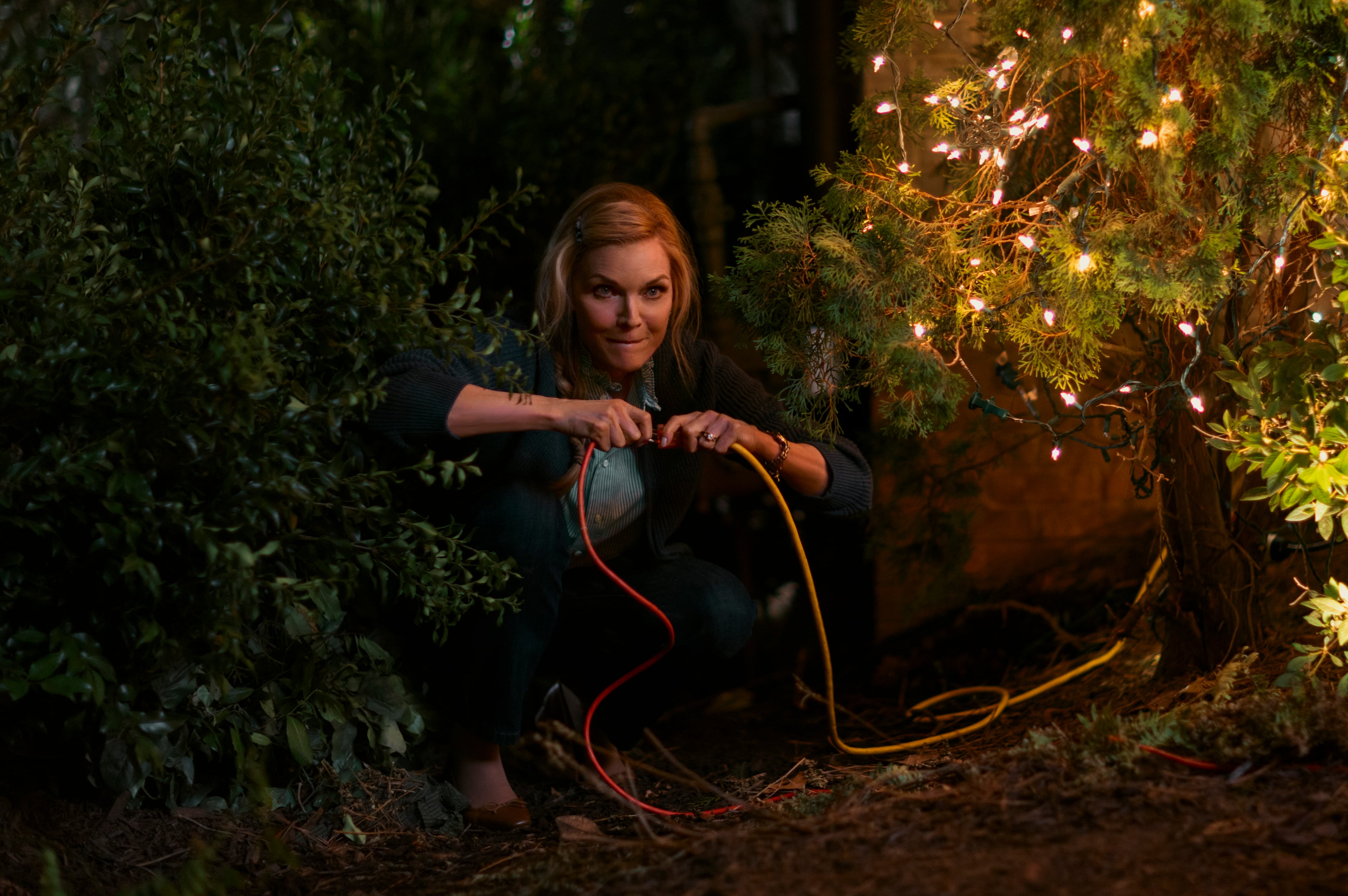Legacy of André Leon Talley celebrated with exhibition at SCAD museum
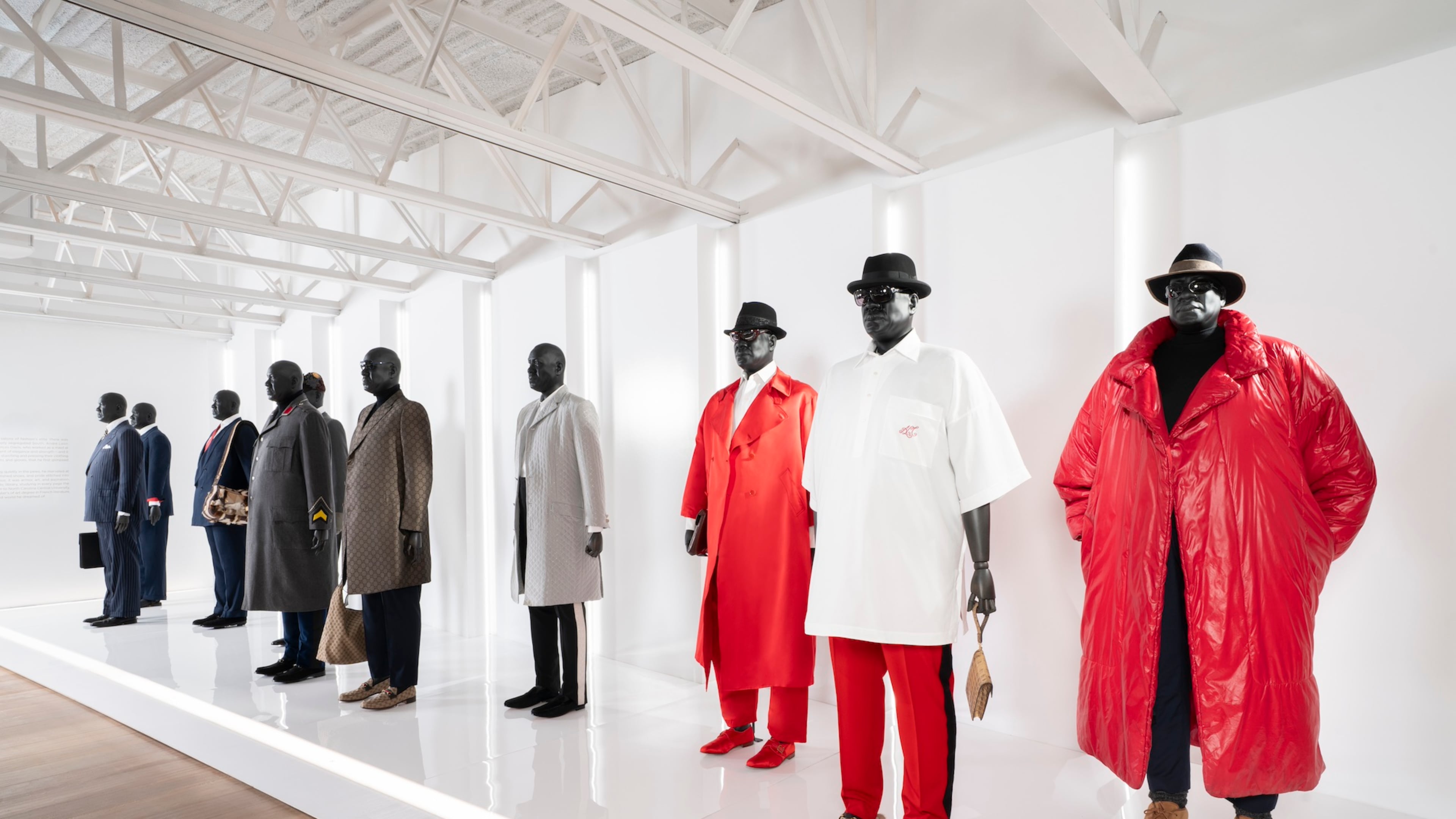
More than just an exhibition, “André Leon Talley: Style Is Forever” at SCAD FASH Museum of Fashion + Film is like a memorial to the late fashion editor and author who cut a striking figure at fashion shows and red carpets with his 6-foot-6-inch frame adorned in capes and caftans.
From the gospel tunes of Sister Rosetta Tharpe and Mahalia Jackson playing at the exhibition entrance to the shrine-like display of an Andy Warhol Polaroid of Talley from 1984 to the somber lighting, the exhibition is a tribute to a complex man who, though he rose to the top of the fashion heap, had his share of heartbreak to temper those ecstatic heights.
But for curator Rafael Brauer Gomes, the show feels more like a celebration. Gomes knew Talley well.
“Just being in his presence and listening to him, I would learn so much,” said Gomes, who credits Talley with tapping him for his job as creative director at SCAD FASH. “It was always so much to process, and I am so thankful. I would not have been here without André. We wanted to celebrate André because André did so much for SCAD.”
The exhibition coincides with the 10-year anniversary of SCAD FASH in Atlanta.
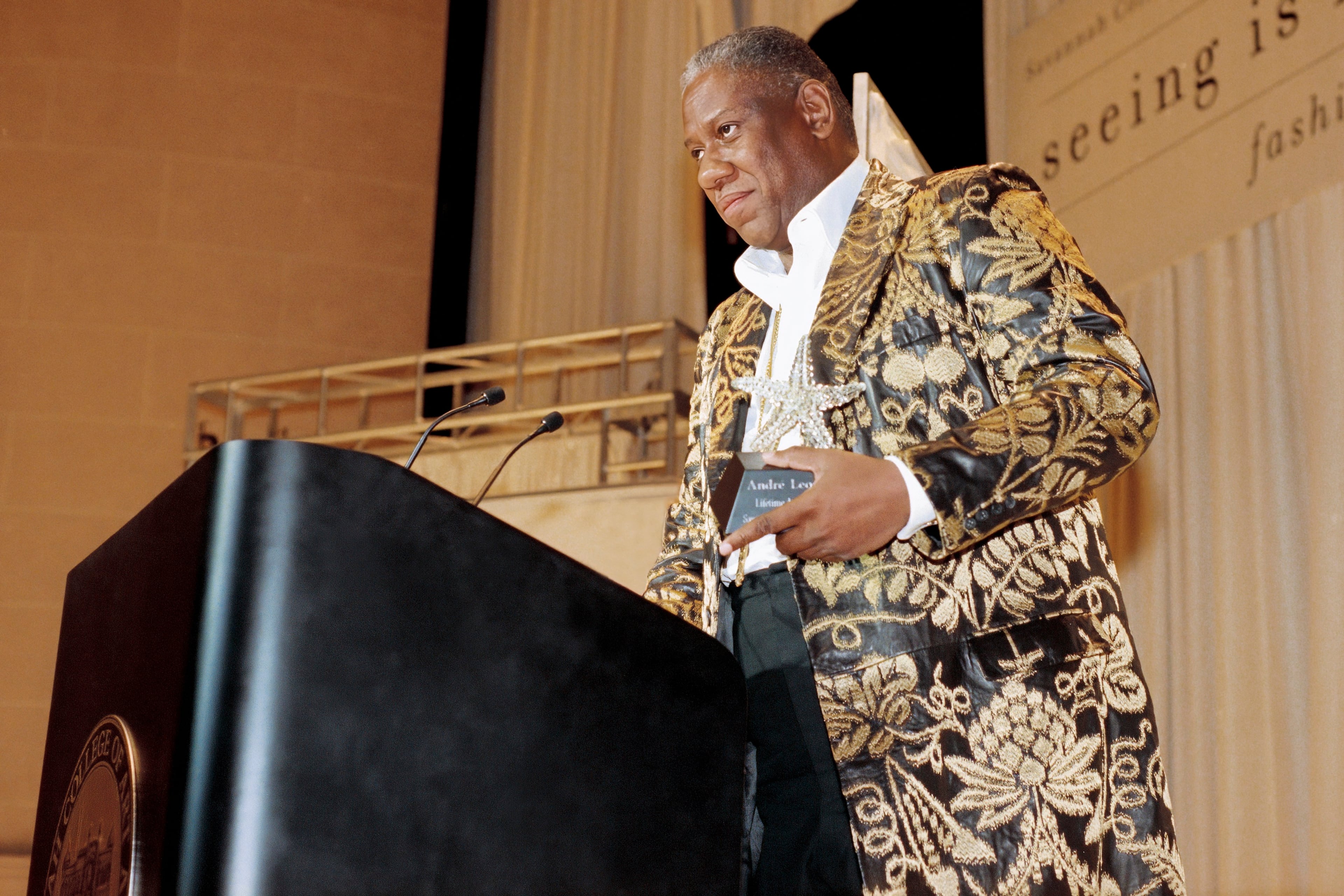
Talley had a deep connection with the Savannah College of Art and Design, where he was a fixture, receiving a Lifetime Achievement Award in 2001, serving on the SCAD board of trustees, and curating notable exhibitions for SCAD featuring designs by Vivienne Westwood and Oscar de la Renta. Talley received an honorary doctorate from SCAD in 2008. Even the leopard carpeting in the SCAD FASH bookstore is a nod to Talley, who loved anything leopard print, said Gomes.
The pair had planned to exhibit Talley’s collection of clothing and objects before Talley’s death at age 73 in 2022.
Creating “Style Is Forever” was a heartfelt endeavor for Gomes.
“It felt sad and emotional, and it was so personal as well, like finding all those objects in his pocket,” said Gomes, who discovered business cards, seating cards for dinners, napkins and matches tucked into Talley’s clothing. Some of those personal objects are on view in the exhibition.
“Style Is Forever” is presented in three sections to represent three phases in Talley’s life. The “White” phase captures his youth in Durham, North Carolina, while the “Black” section focuses on his glamorous presence in New York City’s nightlife and in glossy magazine pages.
In the final phase, “Red,” Gomes has created a dramatic carpeted room with a scrim onto which quotes detailing Talley’s influence are projected. Inside that space are garments from the monumental moments in Talley’s later years where he cut a grand, imposing figure draped in caftans designed by Ralph Rucci, Tom Ford and Givenchy.
Included in the “Red” phase are outfits Talley wore at the Met Gala and for Kanye West and Kim Kardashian’s wedding. The spectacular centerpiece in that section is undoubtedly the Givenchy black silk coat with a 30-foot train Talley wore at a Chanel fashion show staged at the Palace of Versailles.
Talley left behind a remarkable legacy. A star maker, fashion influencer, longtime editor at publications including Vogue, Women’s Wear Daily and Vanity Fair, Talley was a central figure in the international fashion world, eclipsing mere renown to become something closer to an icon.
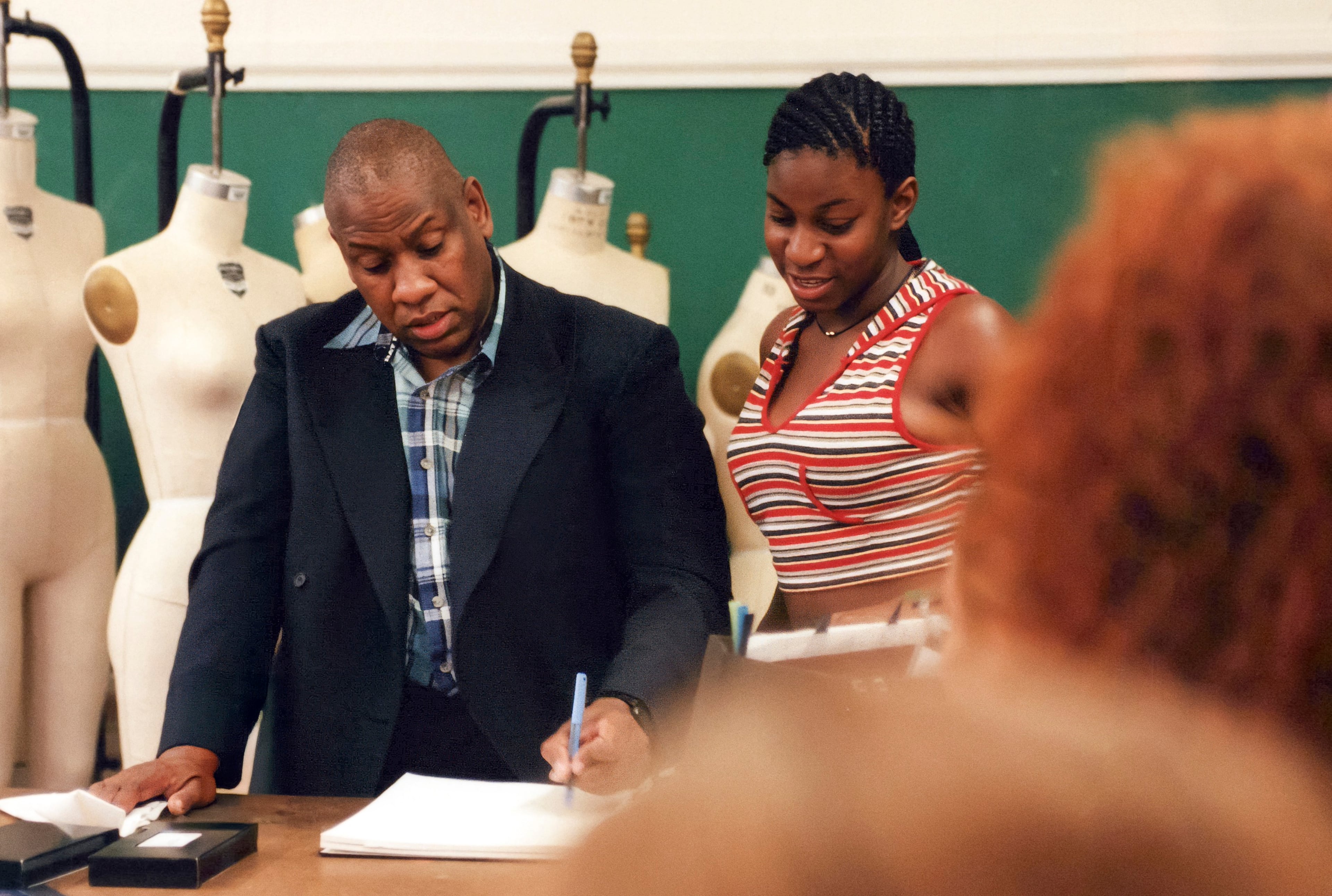
Talley’s sonorous baritone can be heard in “Style Is Forever” via audio recordings of his voice as he recounts details about his two primary mentors, fashion editor Diana Vreeland, whom he worked with at the Metropolitan Museum of Art’s Costume Institute, and pop artist Andy Warhol, whom he met while working at Interview magazine.
Selections from Talley’s wardrobe are displayed on specially created mannequins. The heads were sculpted by SCAD alum Stephen Hayes to capture Talley’s likeness. The mannequin bodies created by Bonaveri in Italy were either padded or shaved down to reflect Talley’s size at different times in his life in a process called mannequinage.
“Love was always connected to food,” noted Gomes of Talley’s weight gain as he aged. He said Talley turned to food for comfort after the deaths in 1989 of both Vreeland and his beloved grandmother Bennie Frances Davis.
As a child growing up in Durham, North Carolina, Talley’s world might have seemed small, but his intellect and curiosity rendered it immense and rich. His grandmother (whose portrait is displayed in the exhibition) was a huge influence on Talley. Davis, who was his primary caregiver, taught him a love of beauty and grace. She taught him to relish the small but important details like homemade pie crusts and biscuits, perfectly ironed bed sheets and starched white shirts that he described in his memoirs “A.L.T.: A Memoir” and “The Chiffon Trenches.”
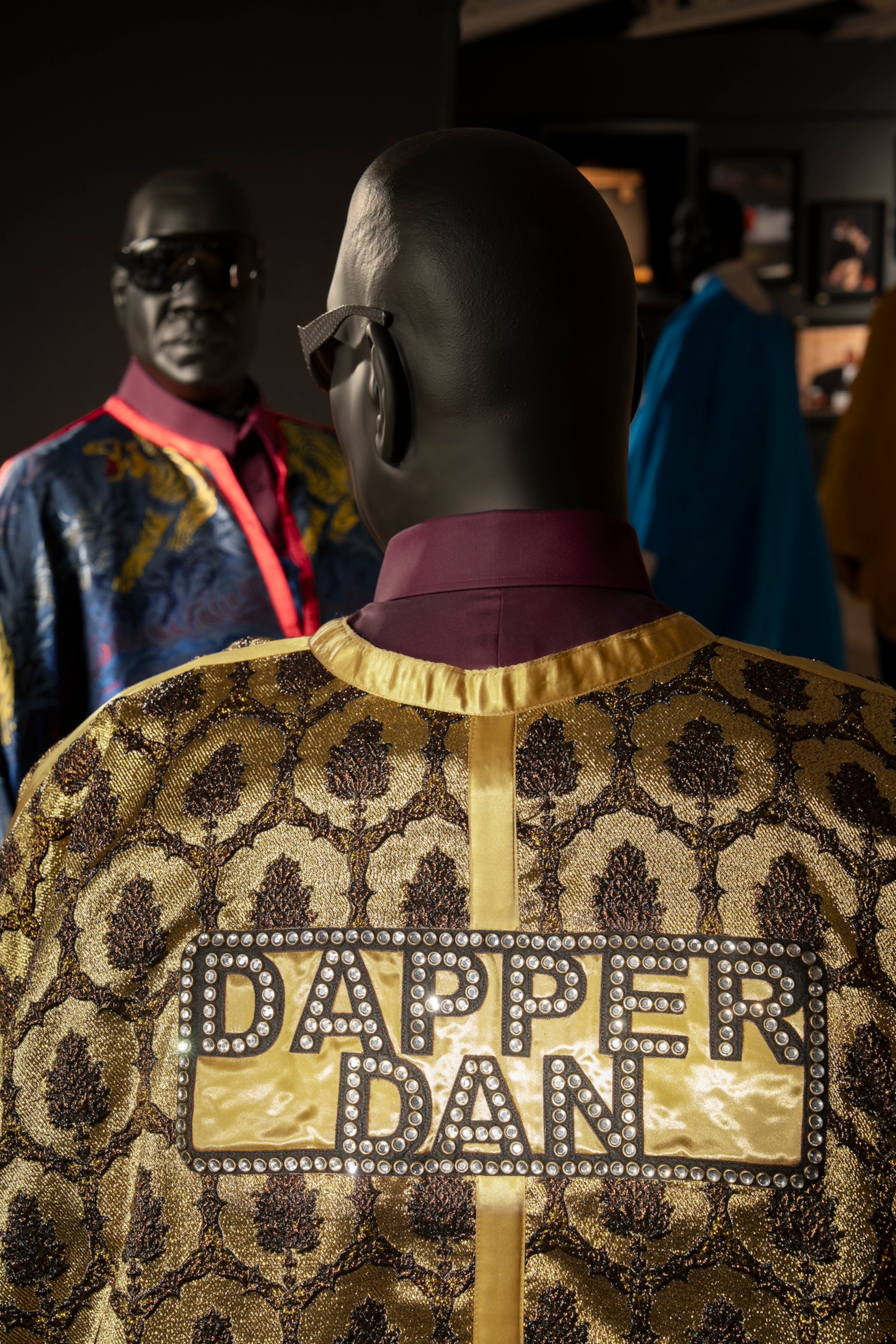
The SCAD FASH exhibition is a portrait of two Talleys: the young, eager French studies student at North Carolina Central University and Brown University who spoke fluent French and relished the non-sequitur — in some fashion insiders’ eyes — of a Black man who had mastered the most refined of languages.
The first room of the museum is given over to Talley’s bespoke Savile Row suits and favorite accessories like man bags and brooches, which he rocked long before Hollywood celebs took up the trend. Reliquary-like cases in the rear of the room feature beloved objects, including size 18 gold slippers.
Though Americans love a rag-to-riches story and a narrative arc of triumph over every adversity, Talley’s success did not inure him to heartbreak. He was sexually abused as a child, never married and was not known to have a romantic partner. He experienced racism growing up in Durham and as an adult working in fashion, and he struggled with the dictums of fashion, including its obsession with slender figures.
His one-time friend Karl Lagerfeld famously dropped 92 pounds to fit the fashion mold, but Talley remained outsize in personality and physique. Much of the exhibition is given over to his embrace in later years of the figure hiding caftans, capes and kimonos that became his signature but also his armor from cruel gibes and vicious nicknames.
As Talley told me in a 2017 interview for Travel Channel, “Clothes, I learned early on, can indeed become armor. You can hide behind your clothes, you can hide your insecurities, your strengths, your weaknesses, a good mood or a bad mood. They are the tools in which you go out to battle every day and either succeed or fail.”
Gomes said he heard Talley’s voice in his head many times while working on “Style Is Forever” and wanted to honor his pride and legacy.
To that end, even if a mannequin is outfitted in a figure-hiding caftan, Gomes made sure it was clothed in appropriate pants and shoes.
“It’s completely perfect underneath, like it is outside,” he said, “even if the public doesn’t see it.”
VISUAL ART PREVIEW
“André Leon Talley: Style Is Forever.” Through March 1. $10. SCAD FASH Museum of Fashion + Film, 1600 Peachtree St. NW, Atlanta. 404-253-3132, scadfash.org
